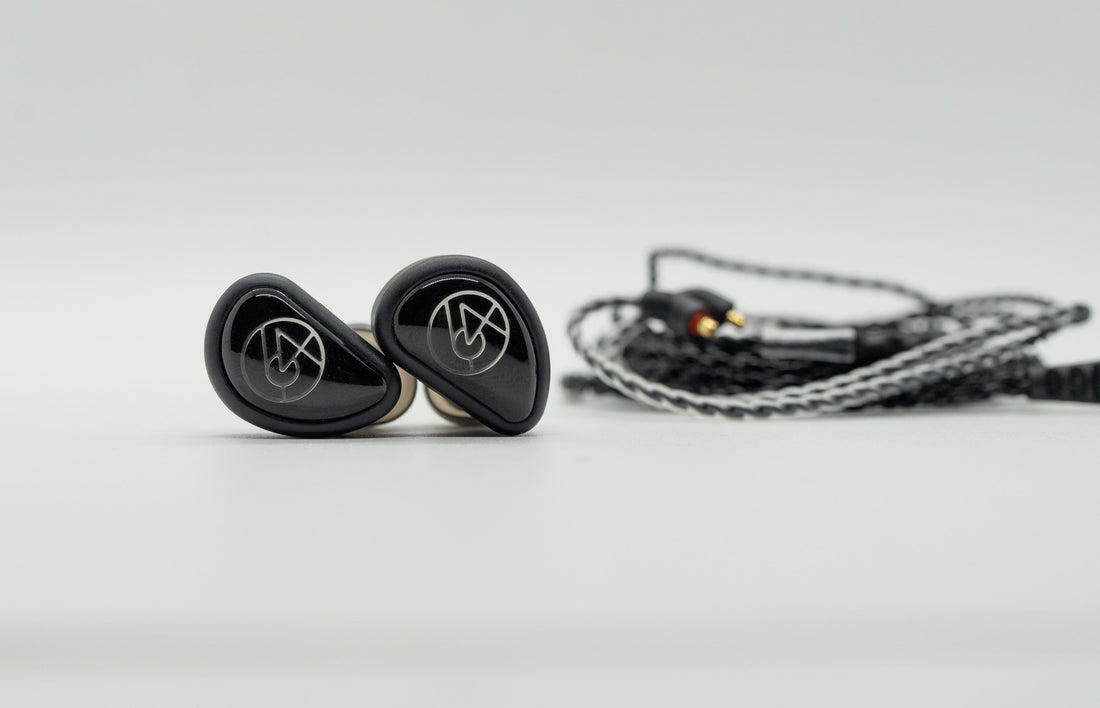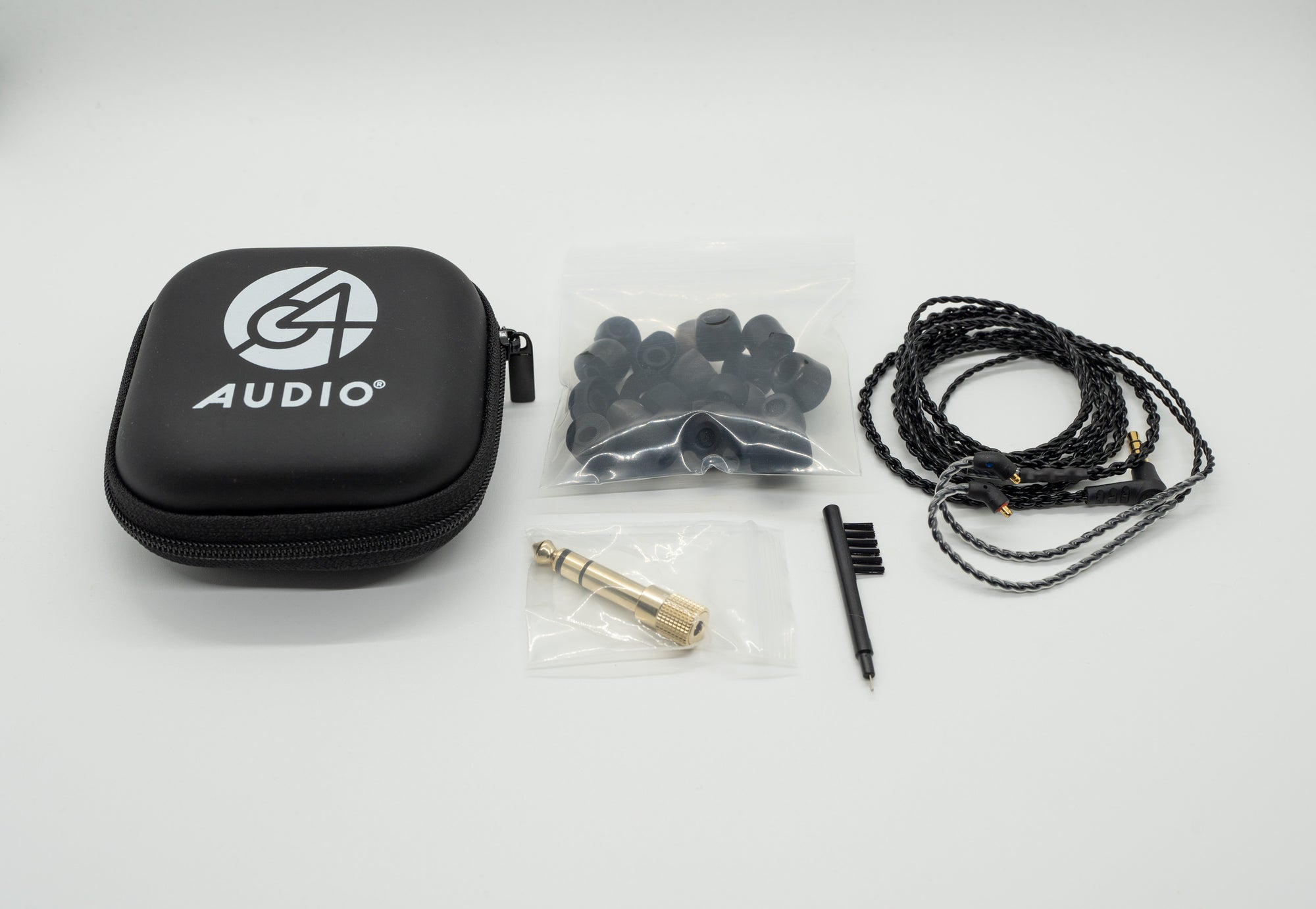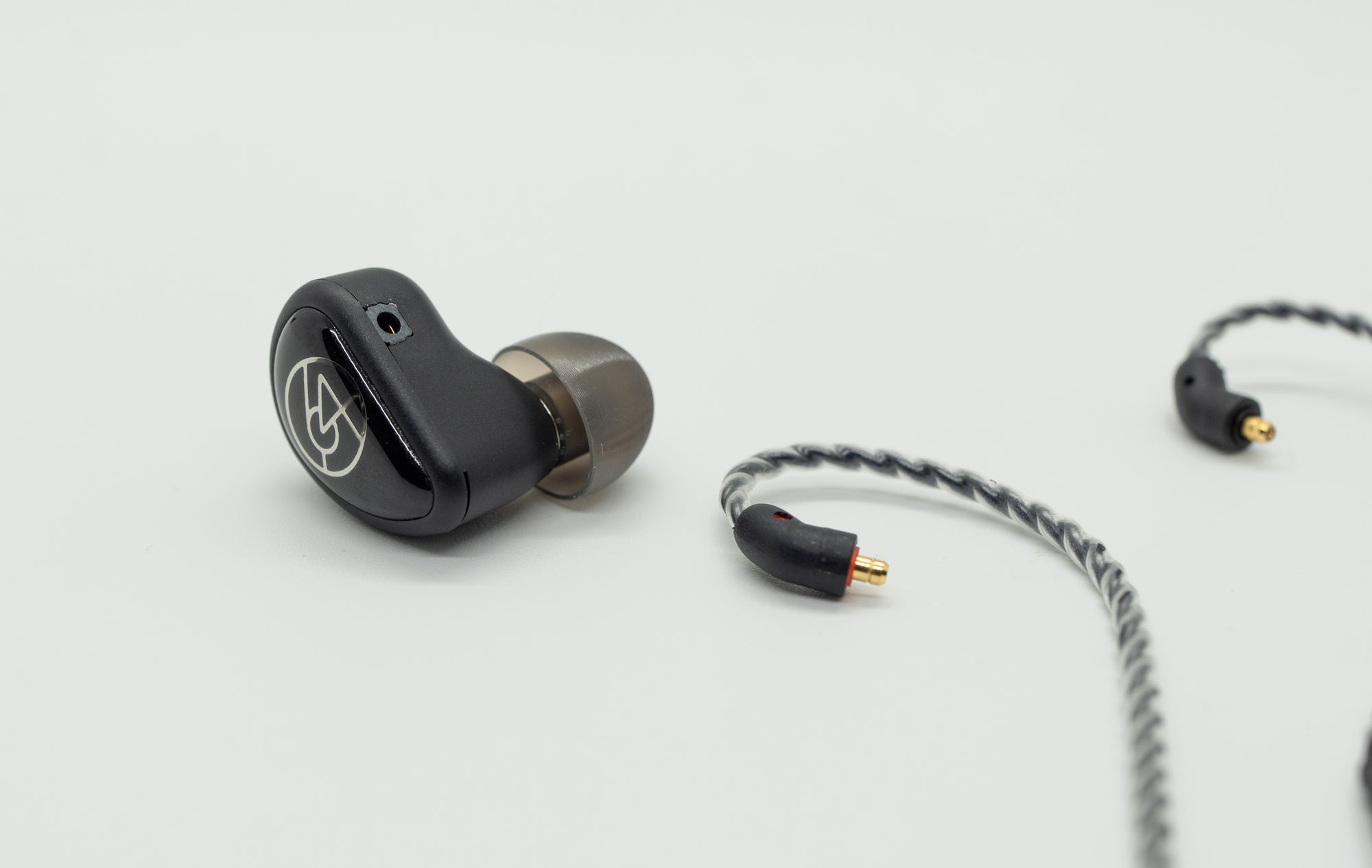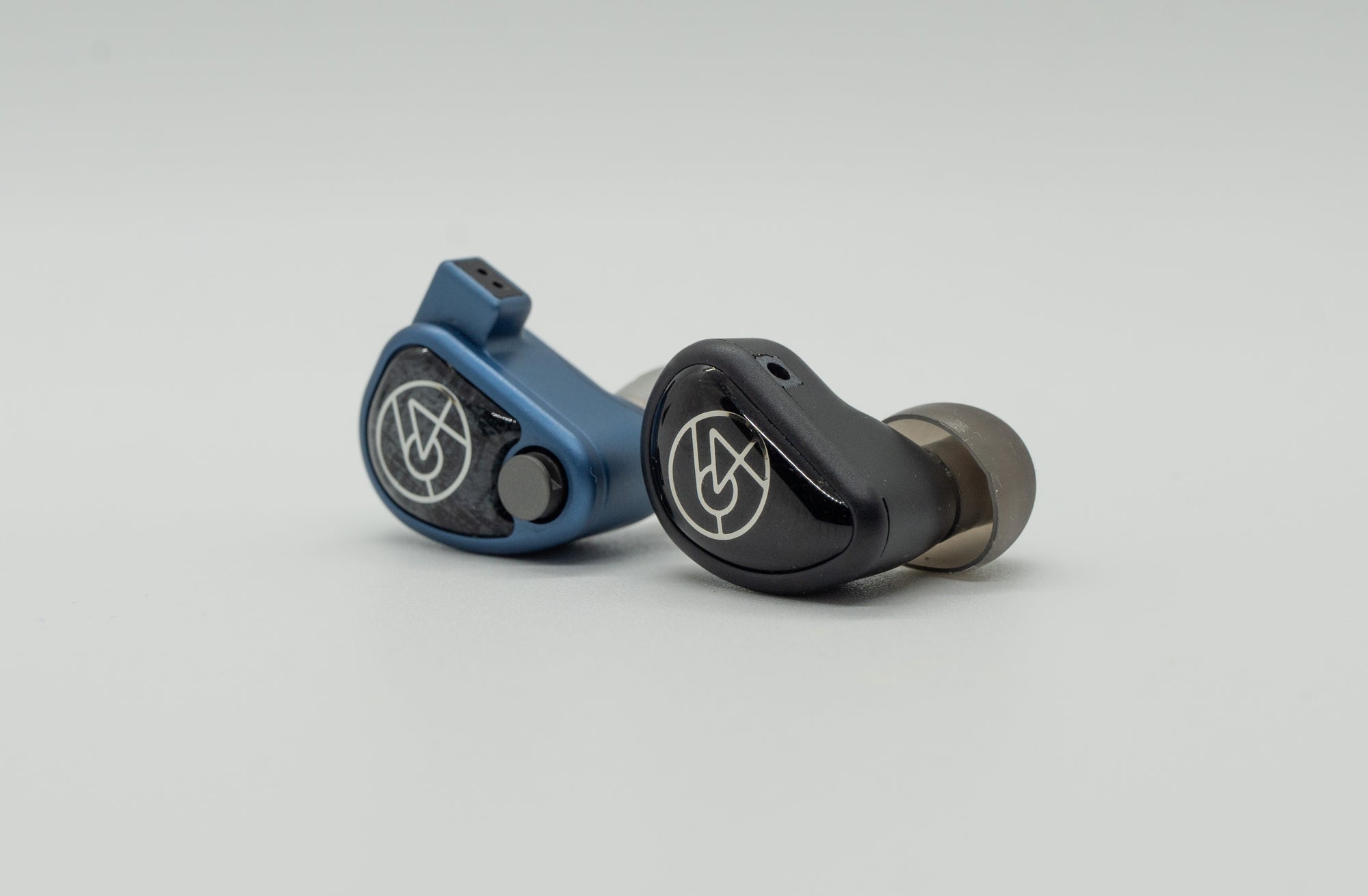64 Audio Aspire 4 Review - A New Breed of 64 Audio IEM?
The Aspire 4 is the latest model from the Vancouver, WA brand that's aimed at performers on a budget. Does it hold up to the same, lofty standards their other models have set?

Introduction
The pro audio world is a tightly knit market with a select few IEM manufacturers at the forefront: UE, JH Audio, Westone, and 64 Audio are the biggest names. However, it’s an open secret that you can get comparable - if not better - sound performance at a much cheaper price if you can look past the brand names. I find this is mostly true (as I have heard IEMs from all four brands), with 64 Audio being the closest to the bleeding edge and still offering something unique in the IEM market.
To add to this, the Aspire 4 ($899 USD) is a new breed of 64 Audio IEM that is clearly targeted towards a more budget-conscious, entry-level audience than some of the brand’s other products. It begs the question of whether 64 Audio has managed to capture their winning formula at a more accessible price point. Let’s take a closer listen.
This unit was provided for review by Headphones.com. It will be returned at the end of the review period. As always, what follows are my honest thoughts and opinions to the best of my ability.
What we like
What we don’t like
Source & Drivability
All critical listening was done off of my iPhone 15 Pro with the Apple dongle, a Questyle M15, and lossless files from Apple Music. The stock cable and silicone tips were used. I had no issue hitting my usual listening volume of ~70dB with either source, and the Aspire 4 is fairly easy to drive. If you would like to learn more about my listening methodology, then I would encourage you to check out this page.
In-the-Box

- IPX cable w/ 3.5mm termination
- Cleaning tool, clip, and 3.5 to 6.5mm conversion
- Silicone and foam tips
- Zippered soft-carry case
The Aspire 4 maintains the familiar teardrop shaped design of 64 Audio’s other IEMs, but eschews the aluminum construction for ABS plastic and a stainless steel nozzle. Inevitably, this means that it feels somewhat less premium than the brand’s other IEMs. But I found the Aspire 4 has the same all-day comfort as their other IEMs.

Unlike some of 64 Audio’s other IEMs which make use of swappable modules for venting, the Aspire 4 has integrated venting. This can be observed from a small notch at the front of the IEM; it’s a clever spot that not only prevents accidentally clogging the vent (such as on the U4s or Nio) but that is also nearly invisible.

The Aspire 4 also has the IPX connectors that 64 Audio has offered for some time with their CIEM models. The most obvious advantage of this connector vs. the standard 2-pin connector is that the IPX connector can rotate, thus allowing for a more comfortable fit. The IPX connector is also more reliable and has better resistance to moisture. But the trade-off is that the 2-pin connector is more ubiquitous, especially if you have existing cables.
Sound Analysis
Above is a graph of the Aspire 4 measured using the ear canal simulator of the B&K Type 5128 (designated Type 4620). It is calibrated to the 4620 + Human Diffuse Field HRTF. The bounds behind the measurement are the bounds of preference outlined in the existing speaker and headphone literature from Harman.
The Aspire 4 has a clockwise-leaning, darker sound signature, putting the emphasis on the bass and midrange accordingly. In general, I think that the Aspire 4’s tuning up until around 5kHz - where the treble begins - is decent.
The bass has a good balance between warmth and control, tapering off just past 300Hz. The midrange is slightly more ‘natural’ than some of the brand’s other models, thanks to a pinna notched at around 3kHz. The only nitpick I would have is a slight lack of energy from 1.5-2kHz that I find gives vocals some more bite. This can sometimes be used to give the midrange more separation in the mix; a technique usually observed on leaner-sounding IEMs. But there wouldn’t be much to complain about in isolation.
That being said, 64 Audio has made a name for themselves with their tia system. This is a series of innovative tuning techniques used to achieve high-frequency extension and superior subjective qualities (such as resolution, imaging, and dynamics) in their IEMs. In the past, I’ve been curious about their IEMs - namely the A2e and A3e - that don’t use this system. But this curiosity was quickly shelved upon hearing these models, as I wasn’t at all impressed.
Put bluntly: the Aspire 4 doesn’t really buck this trend. Yes, it is arguably more refined in the treble response than these past models, likely due to the new Waveguide system. But the Aspire 4’s treble is simply too polite. Aside from a general lack of energy from 4kHz onwards, it has a fairly downwards sloping response in the upper-treble. The result is that I struggle to discern detail in instruments in the treble and they generally sound veiled, like they’re being played behind a curtain.
The lack of treble energy clearly affects the Aspire 4’s sense of technical performance and the rest of the tuning too. There is very little sense of ‘edge’ to vocals, especially in the upper-midrange, that I would generally associate with a sense of resolution. Music tends neither to ‘pop’ nor captivate me on the Aspire 4, unless it’s an inherently bassy track that doesn’t have much treble energy. The Aspire 4’s sense of staging is surprisingly not bad, possibly thanks to the venting system and more relaxed tuning.

But there’s a large differential between the tia driver models and the Aspire 4 when it comes to technical performance. The U4s is the most straightforward example, as it measures quite similarly to the Aspire 4 up until the treble response. If we look at the measurements, we can see that the U4s has a much more elevated response from 5-20kHz. Admittedly, the U4s’ treble response is slightly more forward than what we’d expect from ‘neutral’ but, from my perspective, it falls closer in-line with conventional tuning.
The Bottom Line
I have to concede that the Aspire 4 is clearly targeted not towards audiophiles but rather live musicians and performers. Live musicians tend to have different tuning requirements than audiophiles due to there being much more external noise in their environment. But in my humble opinion, you don’t need to spend nearly $900 to get the tuning and performance that the Aspire 4 is bringing.
Instead, my gut instinct would be to save up an extra $200 for the 64 Audio U4s (or purchase one B-stock), an IEM that I think offers significantly more value than the Aspire 4 despite being more expensive. The U4s is truly competitive within the kilobuck crowd of IEMs, and it’s one of my favorite 64 Audio IEMs.
Feel free to start/join the discussion about the Aspire 4 below on either our forum or on our Discord server where you'll find like-minded enthusiasts. Thanks for reading and supporting the site!
